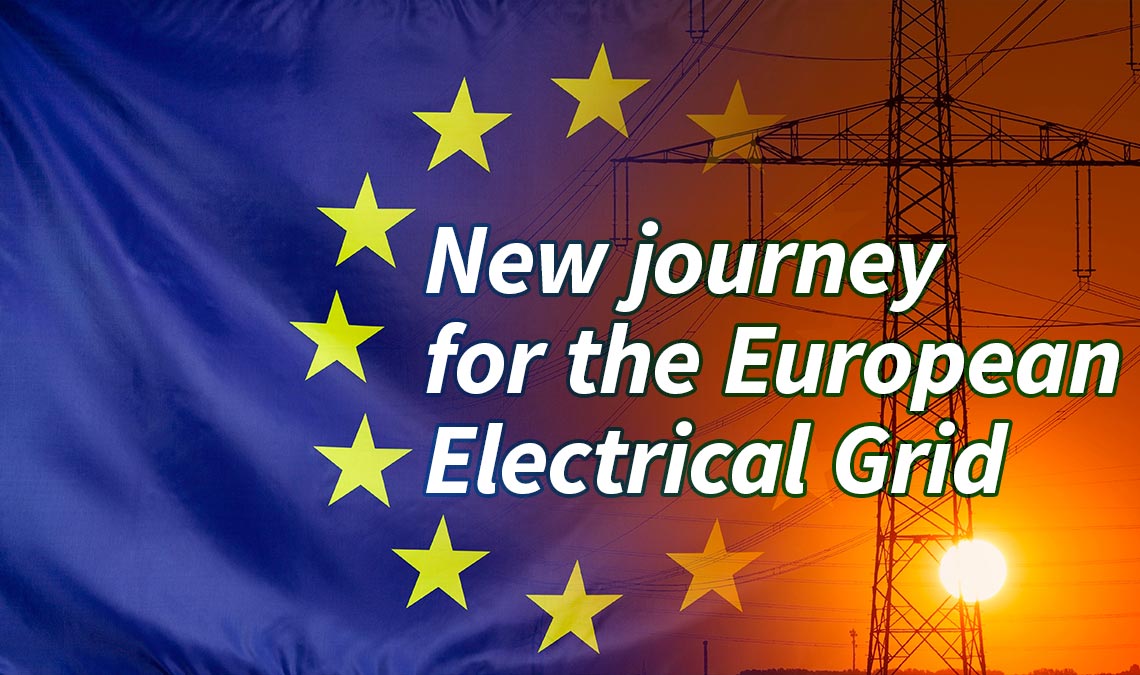Today marks a significant milestone in the European Union‘s journey towards a greener, more sustainable energy future. The European Commission’s adoption of the first list of Projects of Common Interest (PCIs) and Projects of Mutual Interest (PMIs) in alignment with the European Green Deal represents a bold step forward. This initiative not only showcases the EU’s commitment to its energy and climate goals but also heralds a new era in cross-border energy infrastructure.
Under the revised Trans-European Networks for Energy Regulation (TEN-E), the focus has shifted away from fossil fuel infrastructure towards future-oriented cross-border energy projects. This shift is evident in the inclusion of both PCIs within EU territory and PMIs, connecting the EU with external countries. A notable aspect of this initiative is its ambition to double the EU’s grid capacity by 2030 and meet a 42.5% renewable energy target.
The current list comprises 166 selected PCIs and PMIs, of which over half are related to electricity, offshore, and smart electricity grid projects. Most of these projects are expected to be operational between 2027 and 2030. In a groundbreaking move, the list includes 65 hydrogen and electrolyser projects, underscoring the EU’s commitment to energy system integration and the decarbonisation of its industry. Additionally, 14 CO2 network projects align with the goal of creating a market for carbon capture and storage.
The adoption of the PCI and PMI List by the Commission as a Delegated Act under the TEN-E Regulation is now subject to scrutiny by the European Parliament and the Council. These co-legislators have two months, extendable by another two, to accept or reject the list in its entirety, without amendments. Once adopted, the Commission will collaborate with project promoters and Member States to expedite the implementation of these projects, in line with today’s proposed measures in the EU Action Plan for Grids.
The significance of today’s list, the 6th Union List including PCIs and the first of its kind under the revised TEN-E Regulation, cannot be overstated. It is a testament to the EU’s proactive approach to meeting its climate and energy goals as set out in the European Green Deal. The biennial adoption of such lists, following extensive stakeholder consultation, ensures that EU-supported cross-border energy infrastructure projects are aligned with these overarching goals.
In conclusion, this initiative by the European Commission is a landmark in the EU’s transition to a sustainable energy future. It reflects a comprehensive and forward-thinking approach, balancing the need for energy security with the imperative of environmental stewardship. As the EU navigates the challenges of this transition, the success of these projects will be a key indicator of its commitment to a greener, more resilient energy system.
Source: European Commission

